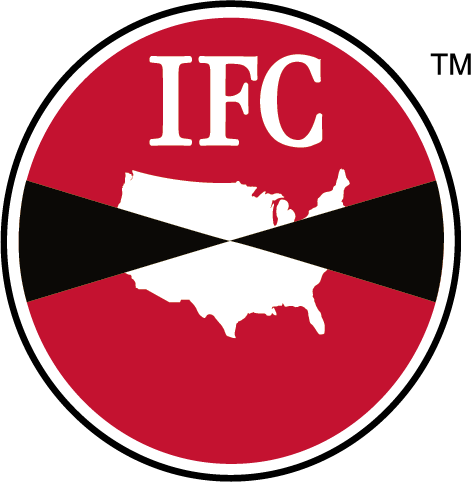CHLORINE DIOXIDE FOGGING
Decontamination for Facilities
What is Chlorine Dioxide Fogging?
Chlorine dioxide fogging is a decontamination treatment preventing biofilm loads such as bacteria, mold, viruses, and other microorganisms from thriving in your facility. Along with product recalls and facility shutdowns, these unseen microorganisms can potentially cost your business millions of dollars. This solution is not as costly as it may seem. It is affordable and can be utilized regularly to knock-down the microbial load within your facility. As one of IFC’s decontamination methods, chlorine dioxide fogging services will improve your food safety program and keep your facility ongoing.
How Are Chlorine Dioxide Fogging Treatments Completed?
Similar to a gas sterilant treatment, on-site generation is required. Depending on your microbial challenges, this service provides a monthly or quarterly routine treatment. The efficiency of the service includes no required sealing of treatment areas or evacuation of faculty from the facility. A full treatment takes less than 4 hours to complete. With no residue behind and no post-treatment cleaning necessary, a Chlorine Dioxide Fogging Decontamination treatment gets you back in your facility quickly, returning to operations sooner than expected.
Biological Efficacy of Chlorine Dioxide?
Chlorine Dioxide is Effective Against:
BACTERIA INCLUDING:
- Listeria
- Salmonella
- Campylobacter jejuni
- Clostridium spp.
- E. coli spp.
- Fusarium spp.
- Lactobacillus spp.
- Legionella
- Methicillin-resistant Staphylococcus aureus (MRSA)
- Staphylococcus
- Myobacterium tuberculosis
- Yersinia
VIRUSES INCLUDING:
- Coronavirus
- Hantavirus
- Hepatitis A, B, C Virus
- Human Immunodeficiency Virus
- Influenza A
- Norwalk Virus
- Poliovirus
- Severe Acute Respiratory Syndrome (SARS)
BACTERIAL SPORES:
- Bacillus spp.
- Clostridium spp.
PROTOZOA AND BETA LACTAMS

ALGAE/FUNGI/MOLD/YEAST:
- Aspergillus
- Botrytis
- Candida
- Fusarium
- Penicillium
- Stachybotrys
decontamination RESOURCES
Sanitation Innovation: The Rise of Foaming Probiotic Cleaners
No matter what kind of food processing or manufacturing your company does, it’s likely that your facility produces fragrant waste. Most often these byproducts are stored in broad areas which, if left unchecked, can serve as heavy attractants to all kinds of pests...
ProClean™ Disinfection Service
Our ProClean™ treatment uses a strong disinfectant. When applied properly, it kills 99.99% of almost 50 bacteria, fungi and viruses listed on the product label, including H1N1 Swine Flu and other pathogenic microbes on hard, non-porous surfaces while also...
ProClean™ Decontamination Solutions
Today’s food processing sanitation standards and practices are essential. At times, even the best efforts cannot prevent situations that threaten a facility’s viability and promise of making safe food. The consequences of foodborne illness, infectious organisms on...





